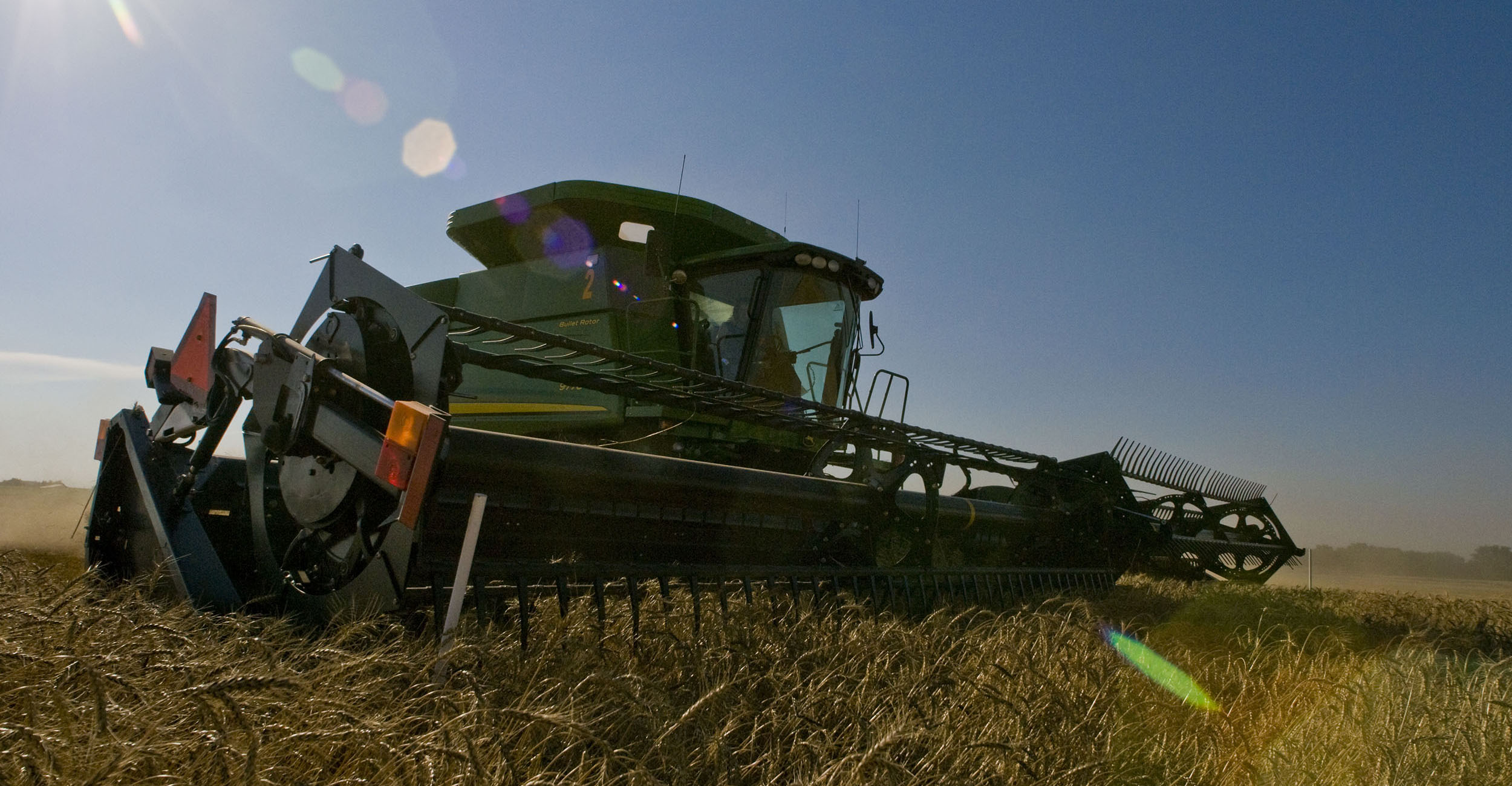
Extent of wheat damage variable after recent storms
Wednesday, May 12, 2021
Media Contact: Donald Stotts | Agricultural Communications Services | 405-744-4079 | donald.stotts@okstate.edu
Recent severe weather has affected Oklahoma wheat producers, but fortunately not to the extent some feared, given the onslaught of tornadoes, flooding and hail in parts of the state.
There is a lot of variability in the amounts of damage incurred, ranging from no appreciable damage to wheat that is noticeably injured but may still be salvageable, said Amanda de Oliveira Silva, Oklahoma State University Extension small grains specialist.
“Producers naturally want to rush out and assess the status of their crop, but in many instances it’s still too early for that,” she said. “Unfortunately, the variability we’re seeing makes general recommendations difficult. It’s literally a field-by-field, decision-making process. Overall, the Oklahoma wheat crop still looks quite good.”
OSU Extension wheat plots at the South-Central Research Station in Chickasha, Oklahoma, were among those hit the hardest — first by freeze, then by flooding, and finally by hail. Silva described the plots as a mess and the damage being the worst she has seen in the state so far this year.
Some producers have made up their minds in Garvin County to the southeast of Chickasha. Growers who were hit fairly hard — more from flooding than the hail — are already cutting their fields for hay.
“We had storm damage, but it was more in terms of a few barns being blown down and flooding from so much rain falling so quickly on properties that have poor drainage or are in low-lying areas,” said Melissa Koesler, Garvin County Extension director. “The county actually suffered more significant damage to our wheat crop last year.”
The potential for Mother Nature to wreak havoc on crops and livestock is why OSU Extension recommendations are for producers to take advantage of crop insurance as a risk-management tool.
“There are many possible options as to specific coverage levels based on either revenue or yield loss,” said JJ Jones, OSU Extension agricultural economist for southeastern Oklahoma. “Producers should speak with their crop insurance agent to determine the coverage type and level that best supports their operations.”
Overall, urban areas of the state — with more structures, vehicles and infrastructure — fared far worse than crops in a field. The storms did not purposely discriminate as they made their way mile after mile, but there were literally fewer things per square mile to noticeably damage in the rural regions.
“The bigger issue may be those areas of the state that could still use additional rainfall to finish out the wheat crop,” said Wes Lee, OSU Extension agricultural weather specialist with the Oklahoma Mesonet. “We can do without the storms, but a nice, gentle rainfall is sure to be on the wish list of many wheat producers. Soil moisture is really depleted in some areas.”
Fact sheets detailing research-based information on best wheat production practices and risk-management programs are available online and through OSU Extension county offices.
